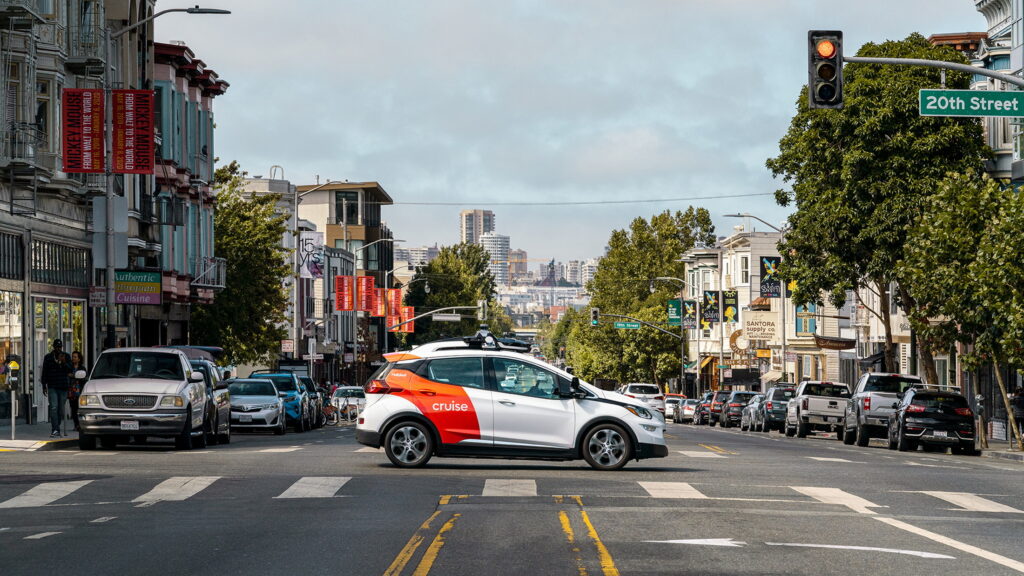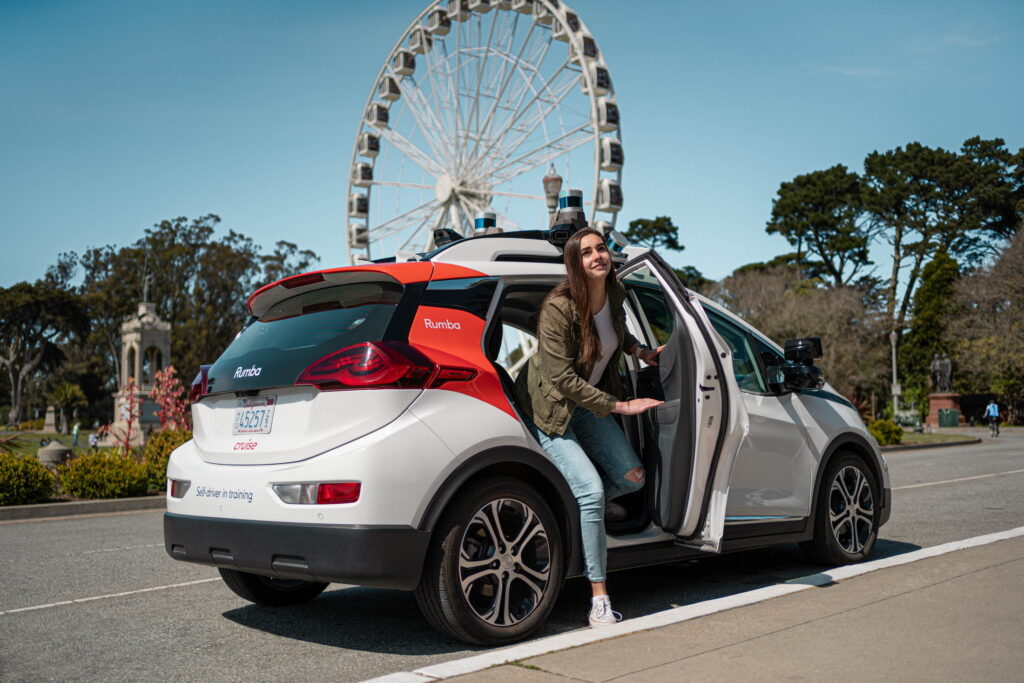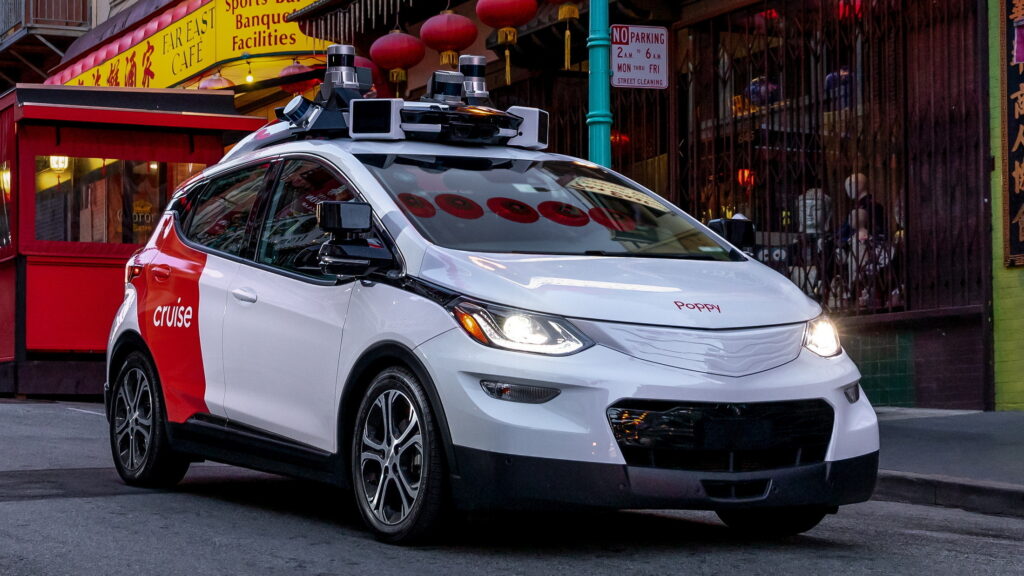I recently changed internet providers, and while I was setting up my new account, I got stuck in a text box loop. No matter how complicated, number-laden, and symbol-intensive I made my password, the app coolly, calmly told me that it was too simple. When I finally got on the phone to a representative and told them what I had attempted to set as my password, he laughed because of how overly complicated it was, and then was unable to fix it from his end.
That’s a kind of deeply frustrating problem I’m sure you’ve experienced, and it’s one that may soon affect the passengers of autonomous vehicles, too. Except, in robotaxis, the stakes are much higher, because it can kidnap you, as one tech journalist recently explained.
Michael Liedtke recently told the story of his autonomous experience with Peaches, a Cruise robotaxi, in a piece published by the Associated Press. In it, he says his ride went from futuristic to frightening in a manner of minutes.
Read: Cruise Bringing Robotaxis To Nashville, Says Tech Is So Advanced It Now Improves Without Human Input

As he was approaching his destination, the Fairmont Hotel in San Francisco, the car did everything it could to signal that it was coming to a stop, before suddenly picking up speed and heading off again, adding another 20 minutes to his arrival time estimate.
He called the Cruise support line, and they remedied the situation, shrinking his trip time. However, as the car, a modified Chevrolet Bolt, returned to the destination, it did the same thing, suddenly picking up speed and leading him away from the hotel he could clearly see was just a few feet away. After calling the support team again, the car just stopped.
“Suddenly, Peaches came to a halt right in the middle of the street. I bolted from the Bolt, marooned several blocks from my destination shortly before 10 p.m.,” wrote Liedtke.
Although the trip ended in anything but an emergency, Liedtke raises the point that this is only one of a number of issues that affected autonomous test vehicles throughout San Francisco and have, in some ways, soured residents to the idea of introducing more.
Between the run-ins with first responders and the traffic-backing scenarios in which the robotaxis simply decide to stop, not to mention a few accidents, the promises of the technology are coming into conflict with the reality of their implementation.
Liedtke’s experience is a reminder of just how small the malfunction has to be for it to become scary. For passengers who have limited control over the vehicle they’re in, every malfunction has the potential to turn into a frightening experience. While it’s worth remembering that taxi rides with human drivers can also be scary, it’s also important to hold the companies adding new vehicles to our roads accountable for the problems those vehicles cause.





